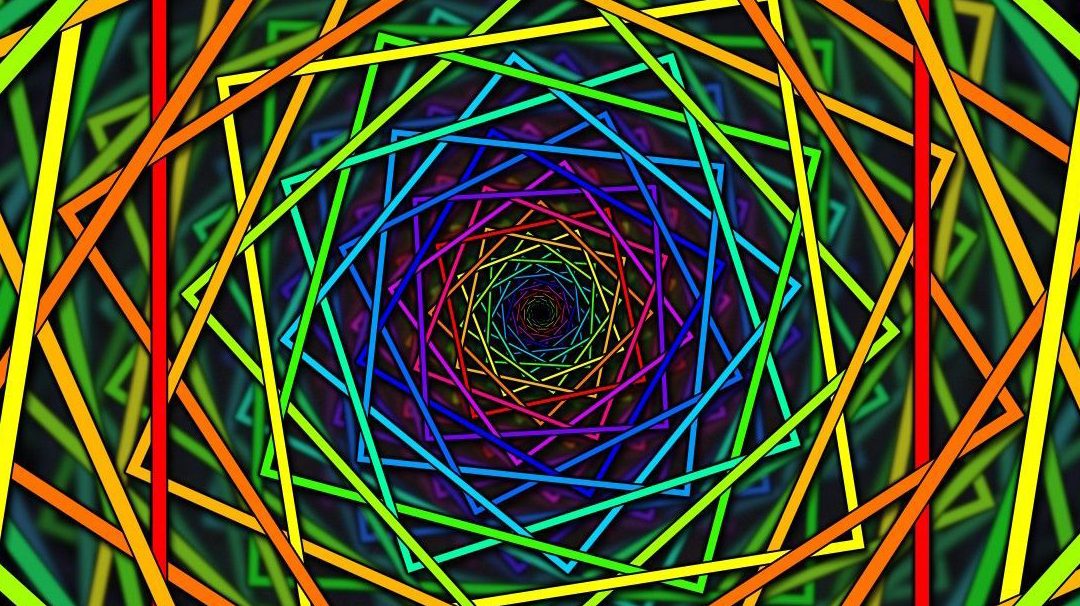In order to define self-hypnosis, we should try to define hypnosis. Despite the fact that the latter has been known for 200 years, a thorough definition of this state of mind doesn’t exist yet.
According to the American Psychological Association, hypnosis is a therapeutic technique in which clinicians make suggestions to individuals who have undergone a procedure designed to relax them and focus their minds.
Other definitions of hypnosis are the following:
- a trancelike state that resembles sleep but is induced by a person whose suggestions are readily accepted by the subject (Merriam Webster dictionary)
- an artificially produced state of mind similar to sleep in which a person can be influenced to say or do things (Cambridge dictionary)
- a state of human consciousness involving focused attention and reduced peripheral awareness and an enhanced capacity to respond to suggestion.
Whatever the definition, hypnosis is one of the ways to tap into our subconscious and take advantage of its potential.
The difference between hypnosis and self-hypnosis is that the first is hetero induced by a hypnotist and the latter is self-induced, that is to say you hypnotize yourself.
According to my experience, hypnosis can be divided into relaxation, suggestions and visualization, so:
Self-hypnosis = Relaxation + Affirmations + Visualization
To be more specific:
- relaxation is a state of physical and psychological quietness.
- Affirmations are positive statements that contain resolutions expressed in a concise form and can condition our subconscious mind to facilitate personal growth and change
- Visualization consists in imagining something. This means to reproduce mental images that have already been seen in reality, or to invent them (totally or partially) and merge them with real images or thoughts.
I have covered all these three topics, both individually and as a whole, in my book Relaxation and Visualization Techniques: Practical Applications.




